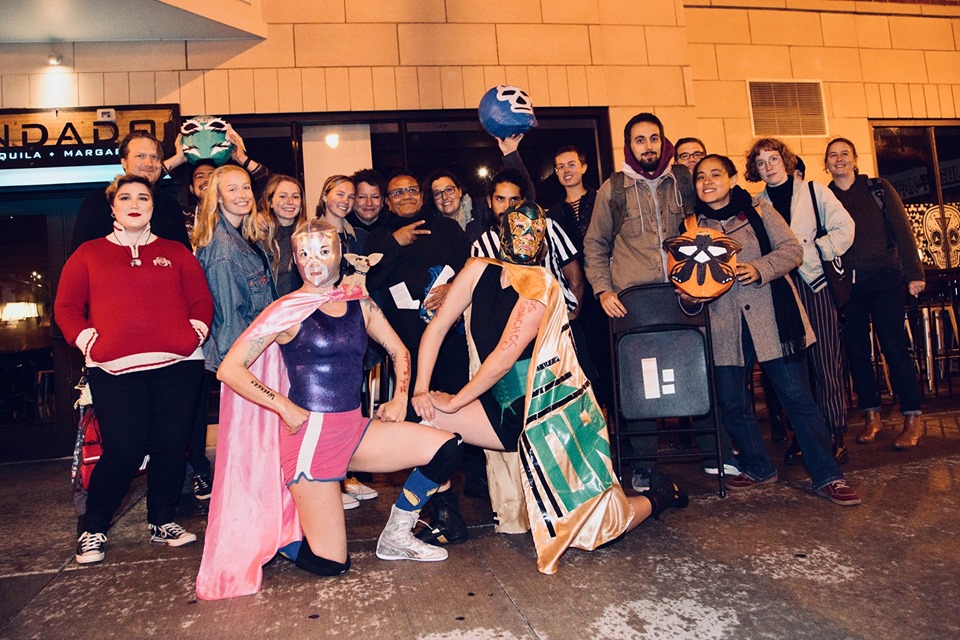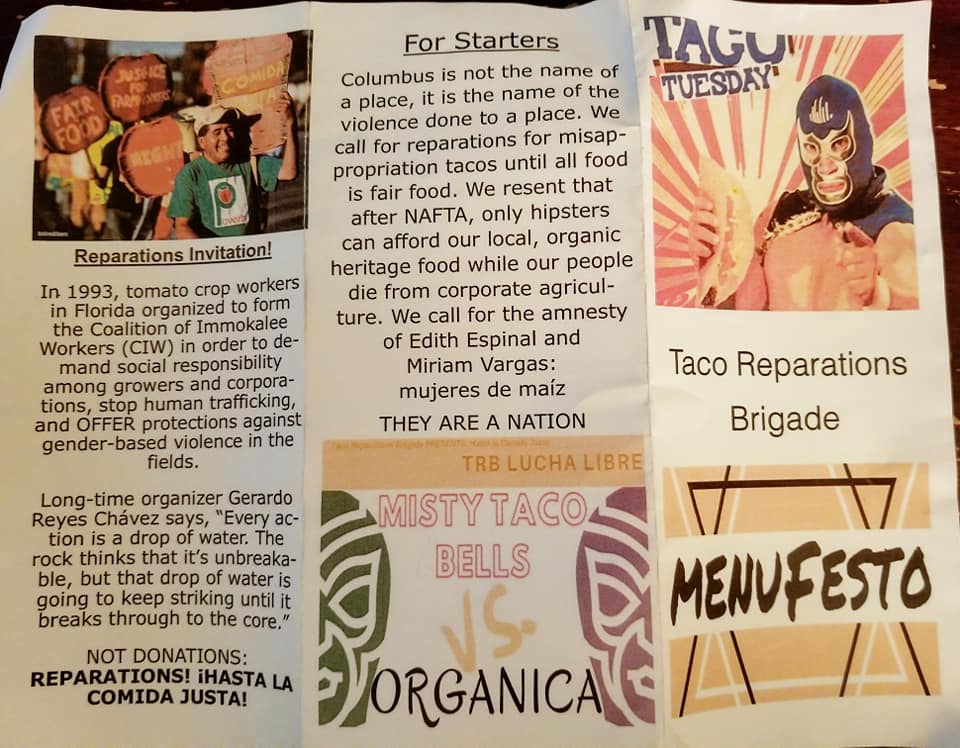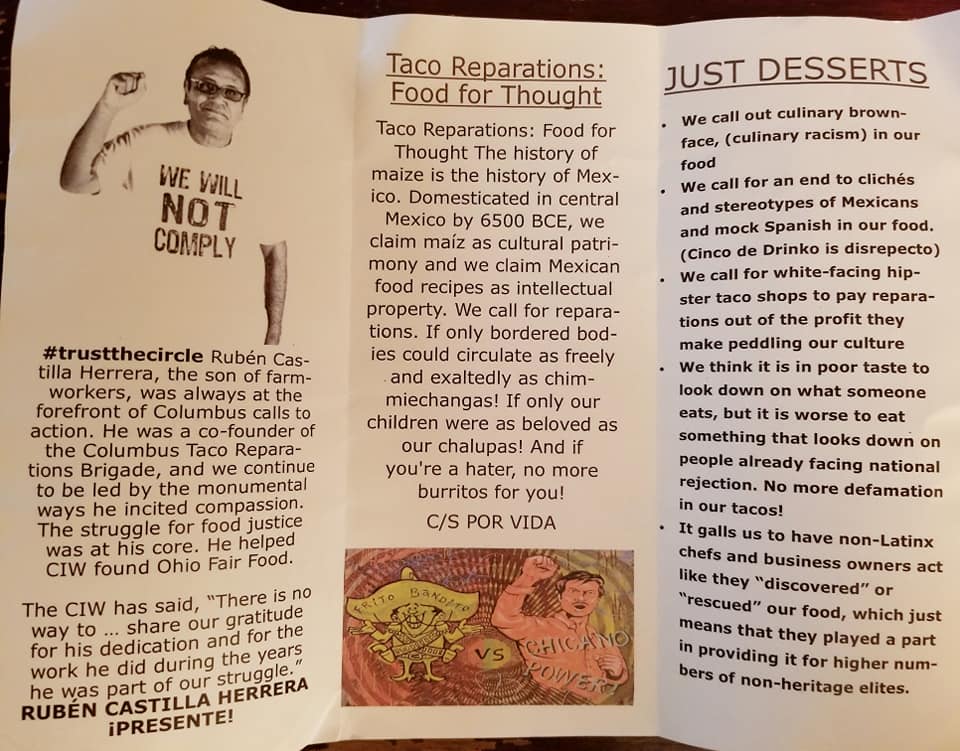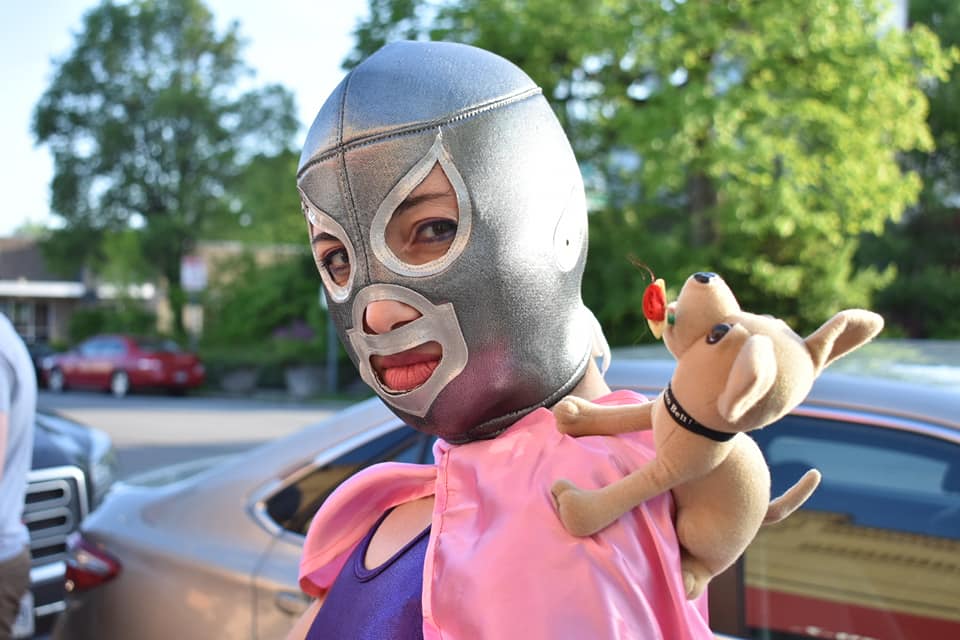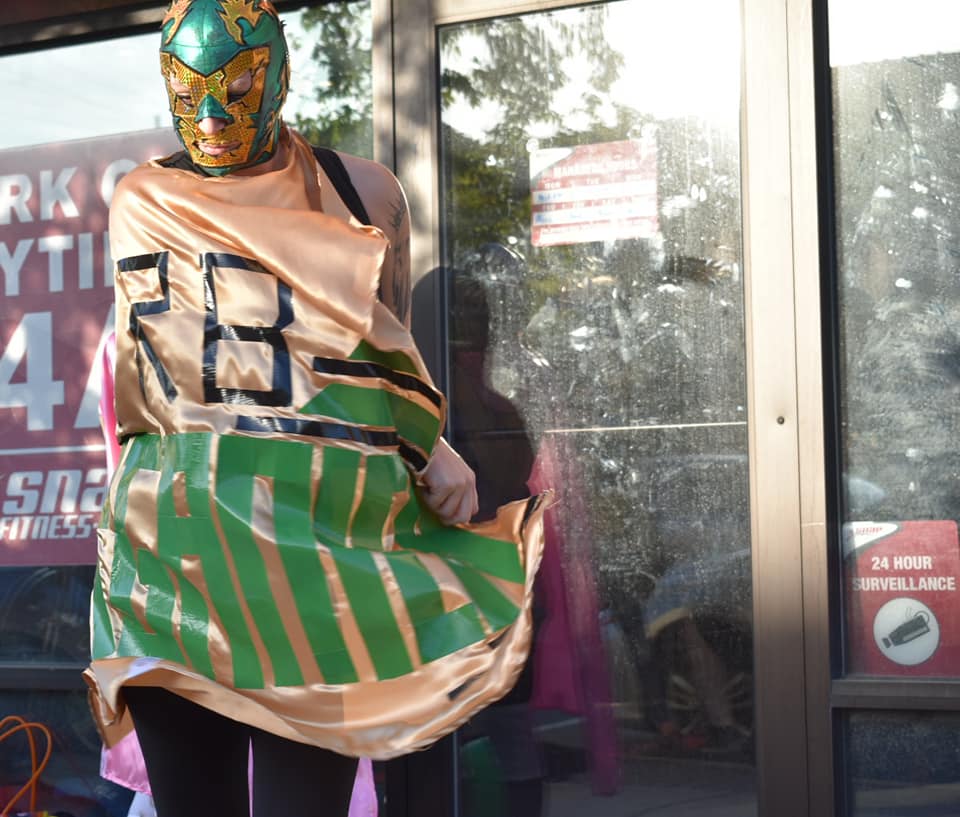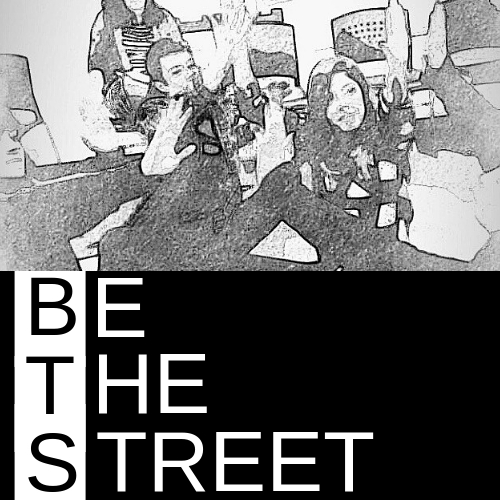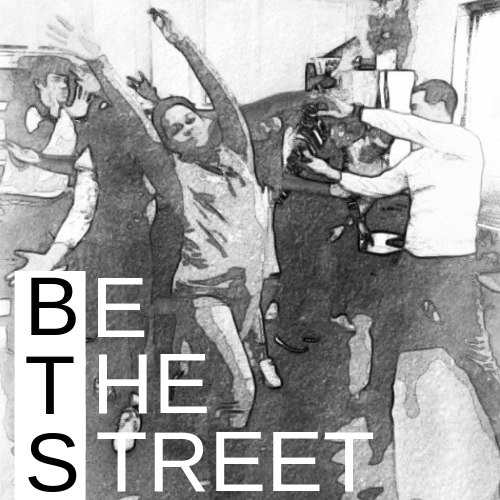Writing EXamples:
Latinx Literature: Choreographic Lens on Experimental Form in The People of Paper by Salvador Plasencia
Link to free article from 2020: click here
Shifting Towards Active Engagement: Re-Imagining Spectatorship in Dance & Performance
Link to free article from 2019: click here
The information below was fully accessible until the summer of 2024, when LROD took a short break.
Livable Futures: Climate Gatherings
“Every month in 2019, we are hosting small groups interested in moving through it in a transmedia performance ritual of sound, light, water, and intermedia immersion. We find that holding space for feeling into thought makes intentional action more possible. We are in Germany now but will have more gatherings in Columbus starting in August. Join us: livablefuturesnow.org” - Norah Zuniga Shaw.
Until 2024, I was a contributing core creative and media designer, of Livable Futures, and my involvement with Livable Futures started in 2016. My role began as an experimental dancer in the work and evolved to lighting, costume, media, and co-creative collaborator. Climate Gatherings Lecture for the co-creative environment, allowing those involved to dive deeply towards artistic change, and theoretical, and factual implications. During our rehearsals and residencies, we have held space for special guests like Tonya Lockyer, Michelle Ellsworth, Pamala Z, Andre Zachary, and Susan Kozel to participate in the collaboration process. Through these rich explorations, we have discovered the width and depth of different variables essential to the work. Alongside these special guests are the core members, Norah Zuniga Shaw, Oded Huberman, Marc and Ann Ainger, Dorian Ham, Lexi Stilianos, Laura Patterson, Tara Burns, and myself. The audience collaborates with this work because they are personally invited to complete a survey before attending. The reason for this is that Norah can source the audience for texts to connect on a deeper level of performance, like sewing in the audience's thoughts about the environment of the performance for action versus passivity. Having an inside scope of how the audience participates is further research for me when building co-creative immersive environments.
As a dance practitioner, these lectures challenge me to investigate deep dives into spaces where time no longer exists, warps forward, and slows down. The work starts with a simple score - improvise with a partner but stay entirely in sync with each other. While this task seems easy, it is very complex to be identical to someone in an improvisation. My partner has shifted over the two years, but there is an expenditure on the possibilities of movement operations each time. My work with movement has seeped into states of deep meditation, internal/external critique, and hyper-awareness of space and time throughout this project.
Sharing rich dialogue of transmedia performance with more communities is deeply needed in our present moment.
CO-CREATORS
Norah Zuniga Shaw, voice and movement improvisation, intermedia design
Oded Huberman, intermedia design, technical director, interactive sound performance
LROD, Laura Rodriguez, movement improvisation, intermedia design @lrod_portal
Tara Burns, movement improvisation @taralovinsugar
Dorian Ham, DJ and “objects of extraction” percussionist Columbus, OH
Byron AuYong, “objects of extraction” percussionist NYC @hearbyron
Michael Morris, Ritual Facilitator Columbus, OH
Tonya Lockyer, Ritual Facilitator NYC and Creative Producer
Marc Ainger, multichannel sound design / custom interactive software design
Antarctic expedition tent, loan from Byrd Polar Research Center. Contributing designer and directors Nadia Lauro, Michelle Ellsworth, Ohad Fishof, Noa Zuk.
Photos by: Studio Kin
LATINE MOVEMENT:
EMBODIED INTERSECTIONS OF LATIN DANCE, MUSIC, and COMMUNAL PRACTICES
Stephanie Mitchell/Harvard Staff Photographer
COURSE STARTED IN 2018 - 2024
LA POCHA NOSTRA
During 2018-2020, as a former core member, I worked with the international company La Pocha Nostra with Guillermo Gómez-Peña, Balitrónica, Emma Tramposch, and Saul. Not only has this radical team of performance artists changed my life, but they have also helped me find a home in the performance art world where my work as a performance artist, mask and apparel maker, collaborator, and choreographer can all converge within the cultural, liberatory, and political Pocha universe. The opportunity to perform research within a lineage of cultural aesthetics was beneficial. I believe futurity beyond the cultural borders of stereotypes and traditional production is possible. The masks and apparel shown here are all designed and assembled by me to create personas for our activism and street performance interventions.
Photos: Heather Lynn Sparrow
Taco Reparations Brigade
Taco Reparations Brigade (TRB) founding members are Paloma Martinez-Cruz, Ruben Castille-Herrera (RIP 2019), LROD, and Bryan Ortiz.
Photos: Michael Babcock
TRB ORIGINS READ HERE
TRB sets out to confront the food appropriations in the streets of Columbus, OH, with performance as a protest. As a co-founder with Paloma Martinez Cruz, Ruben Castilla Herrera (RIP), Bryn Ortiz, and Nicholas Pasquarello. This group is a radical pop-up performance group spreading awareness of culinary brownface. TRB performs as a Lucha Libre in the streets of Columbus with heart-stopping action. The entertaining slow-mo wrestling match between Misty Taco Bells (PMC) and Organica (LROD) draws crowd interactions and conversation about TRB’s cause. The Menu-Festo is handed to people eating in the restaurant and offers information and chants. Donations taken go to various supportive organizations around town.
For more information, read Paloma Martinez-Cruz’s new book. Click here.
TRB ORIGINS READ HERE
Be The Street
During Spring 2019, I engaged in devising community theater with Our Lady of Guadalupe Center (OLGC). Our facilitators were Moriah Flagler, Ana Puga, and Paloma Martinez-Cruz. While I continued my dive into the theory around community engagement, I was also able to continue to query the complex realities of excavating community narratives, backed by my years of experience. I found the course to be quiet, mostly in activations, but these are personal notes. The community at Our Lady of Guadalupe Center was beyond welcoming and willing from day one to participate.
Brief
Mission: OSU’s Be the Street (BTS) is a community-engaged performance project dedicated to creating collaborative spaces with and for the community within the Hilltop neighborhood through storytelling.
During this semester, I developed branding and a logo for promo materials for the performance event as one of my projects. Weekly teaching and facilitating devising meetings with the Our Lady of Guadalupe Center with Sebastian Munoz, Bryan Ortiz and myself. I intended to utilize my understanding of inclusive, adaptive, and expansive pedagogy in community movement practices. My mentors, Dr. Nyama McCarthy-Brown, Hannah Kosstrin, Theresa Delgadillo, Norah Zuniga-Shaw, and Crystal Perkins, are re-negotiating how I understand community practices in institutional dance, and I am especially thankful. Much of the theoretical analysis in many different directions (fandom, funeral industry, digital media, archeology, philosophy, Dance History, pedagogy, and WGS) started at Cornish, but having a more expansive lens with the historical records helps while also being challenged to discourse about it, rough (at least for me).
On the devising performance with the community end. Our time over the 15 weeks was to create a 20-minute performance piece based on roots, home, and identity. We ended up devising movements to embody the terms. Working with Bryan Ortiz, a visual artist, and Sebastian Munoz, Romance Languages, was enjoyable. This piece would be performed at the end of the semester at Steamworks Factory. We worked with Albany Park Theater to develop different strategies on how facilitators can give space for our community participants to control how the performance shapes itself. At the end of our time together, we created a piece made from music, songs, and installation called “Vengo de…”. We watched our participants engage with different art forms and reconnect with their creative voices during this time, which was awesome.









